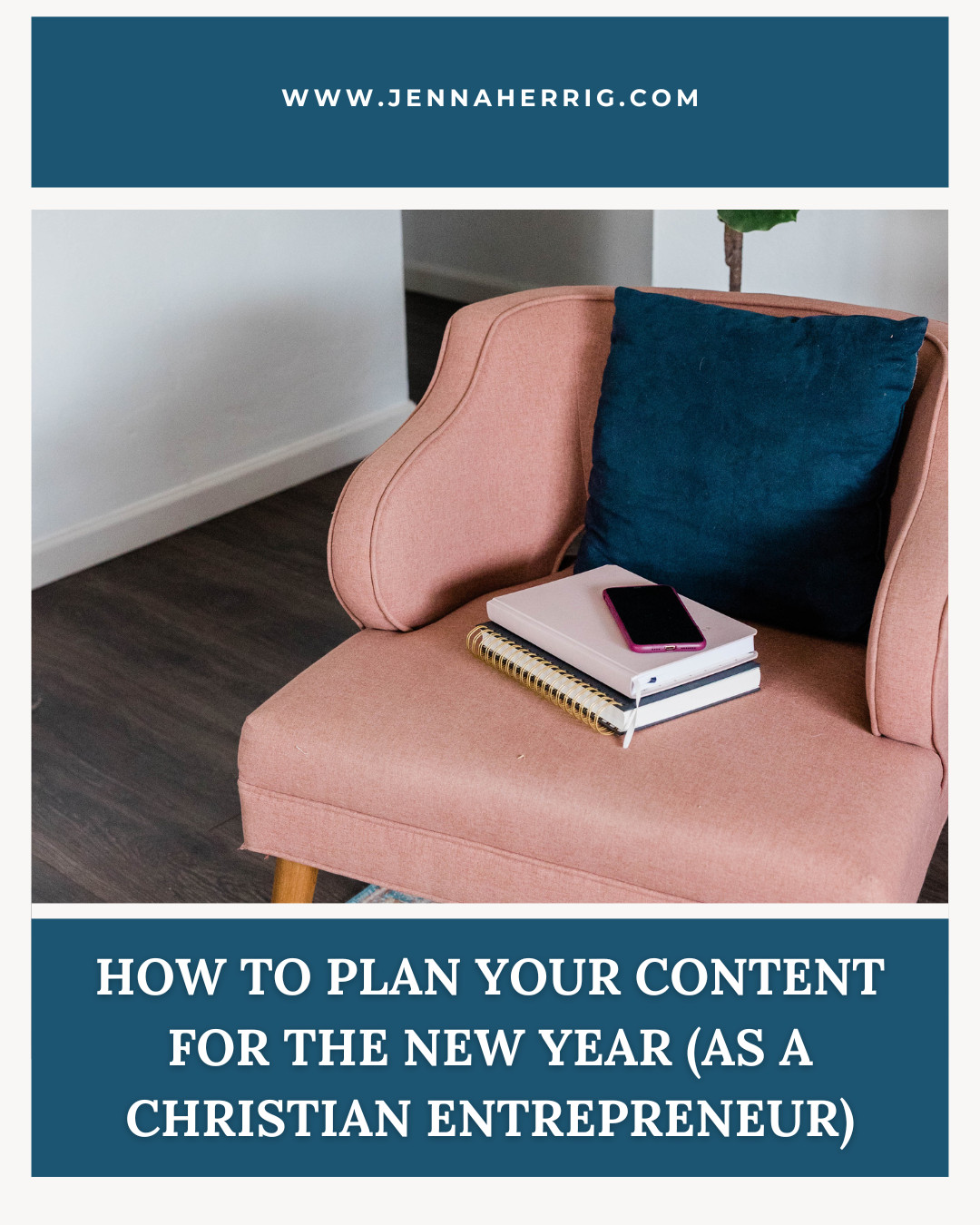
If you’re anything like me, the start of a new year feels like a fresh notebook full of blank pages waiting to be written with purpose, impact, and intention. But if we’re honest, it can also feel a little overwhelming. Where do you even start? How do you plan your content without burning out? And how do you make sure what you’re creating actually points people back to the Lord and moves your business forward? That’s exactly what we’re diving into today - how to plan your content for the New Year with clarity, creativity, and peace, not pressure.
Step 1: Start with Prayer, Not Pressure
Step 1: Start with Prayer, Not Pressure
Before diving into trends, topics, or calendars, pause and pray. Ask the Lord to guide your ideas, your words, and your focus for the year ahead. As Christian entrepreneurs, our content is more than marketing; it’s ministry. Each blog post, email, and Pinterest pin is an opportunity to serve others and share His truth through the work of our hands. So instead of asking, “What should I post?” ask, “Lord, what message do You want me to share this season?” You’ll be amazed at how much clarity and peace come when your strategy starts in His presence.
Step 2: Choose Your Content Themes for the Year
Step 2: Choose Your Content Themes for the Year
Think of your content themes as the pillars of your brand - the topics you want to be known for and the areas where you can genuinely serve your audience.
If you’re not sure where to start, ask yourself:
- What questions do people keep asking me?
- What challenges do my clients or readers face most often?
- What’s something I’ve learned that I can teach from experience?
For example, my main themes include:
- Journaling
- Evergreen Content Strategy
- Faith, Leadership, & Personal Growth
- Lifestyle & Wellness
Once you have 3–4 main themes, you can rotate through them throughout the year to keep your content consistent and organized.
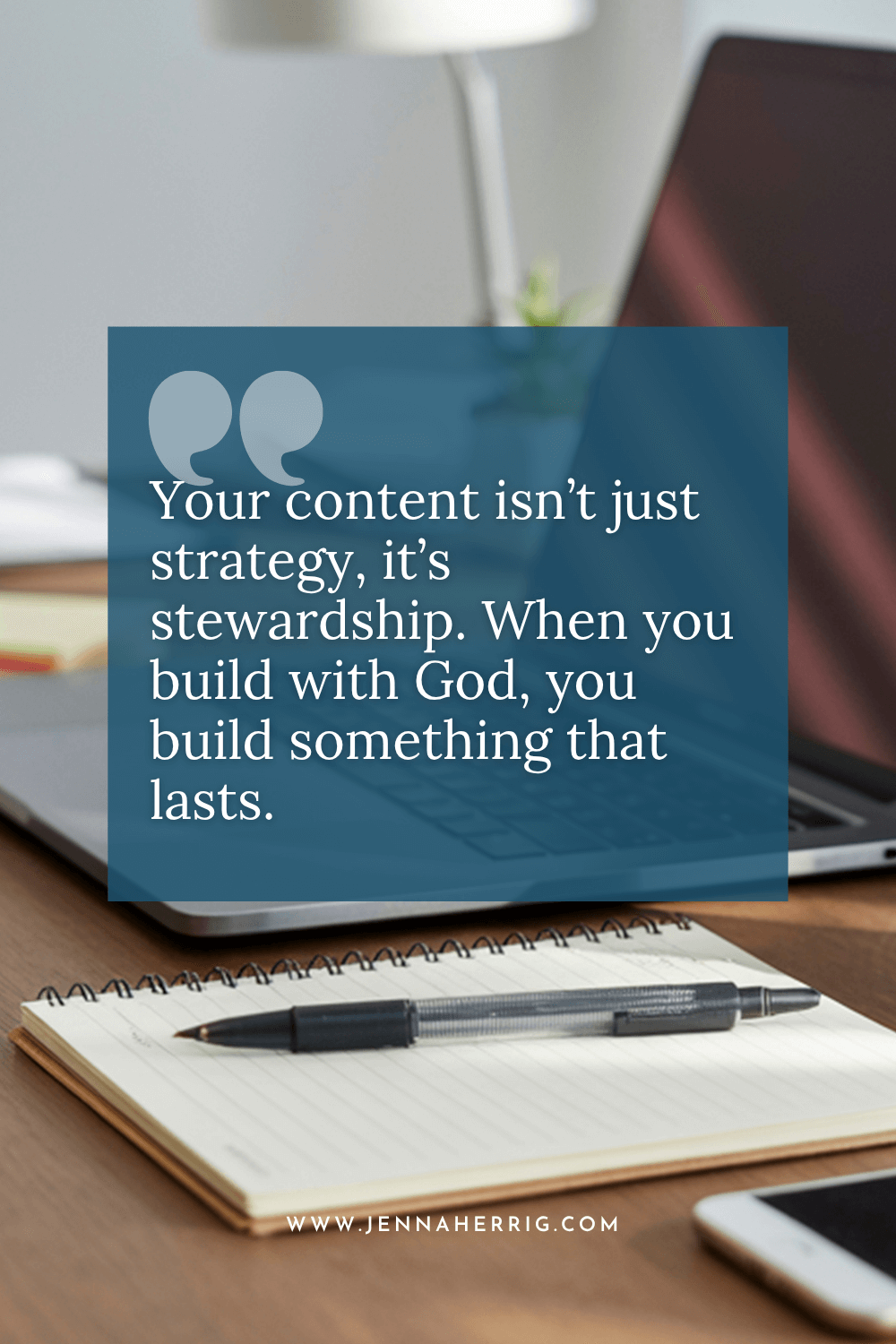
Step 3: Focus on Evergreen Content First
Evergreen content is the foundation of a peaceful, sustainable strategy. These are blog posts and resources that stay relevant long-term; things your audience will be searching for months (or even years) from now.
When you focus on evergreen topics, your content keeps working for you - driving traffic, growing your email list, and attracting leads on autopilot.
For example, instead of writing about “January 2025 trends,” you might create posts like:
- How to Build a Faith-Filled Morning Routine
- Pinterest Strategy for Christian Entrepreneurs
- How to Balance Business and Rest in Busy Seasons
Each of these topics can stay relevant all year long, and they fit beautifully into Pinterest and Google search results. If you want a proven framework to create and plan content that lasts, my Evergreen Blogging Toolkit walks you through every step from brainstorming ideas to connecting your posts to your offers with ease.
Step 4: Map Out a Monthly Rhythm
Step 4: Map Out a Monthly Rhythm
Instead of planning every single post for the year, start with a simple monthly rhythm. Here’s a structure that keeps things sustainable:
- Week 1: Faith & Encouragement (a devotional-style post or reflection)
- Week 2: Business Strategy (Pinterest, email, or lead generation tip)
- Week 3: Personal Growth or Leadership
- Week 4: Lifestyle or behind-the-scenes content
This keeps your content fresh and aligned without the chaos of constant decision-making.
Pro tip: Use Trello, Asana, or Google Sheets to organize your ideas by month and category. Color-code them based on your content pillars for an easy visual overview.
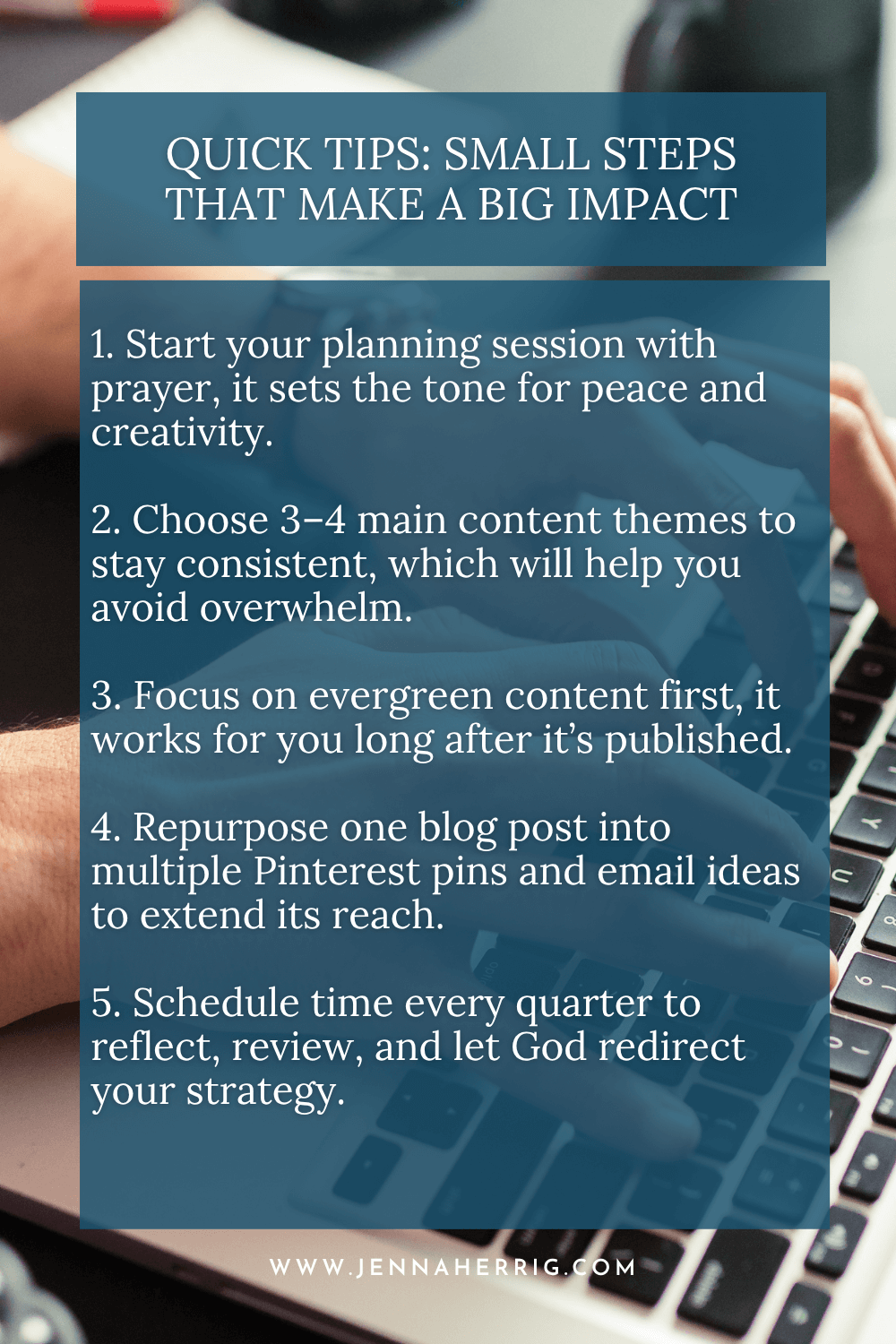
Step 5: Connect Your Blog and Pinterest Strategy
Pinterest is one of the best ways to grow your content reach, especially if you’re building an evergreen strategy. Here’s how to pair them together:
- Create 3–5 Pinterest pins for every blog post you write.
- Use keywords your ideal reader would search for (like “Christian business strategy,” “faith-based content planning,” or “blogging for Christian entrepreneurs”).
- Link each pin back to your blog post or opt-in page.
- Schedule them with Tailwind so they keep circulating throughout the year.
Pinterest isn’t about trends or viral moments. It’s about long-term visibility. When your blog and Pinterest strategy work together, your content has a much longer shelf life.
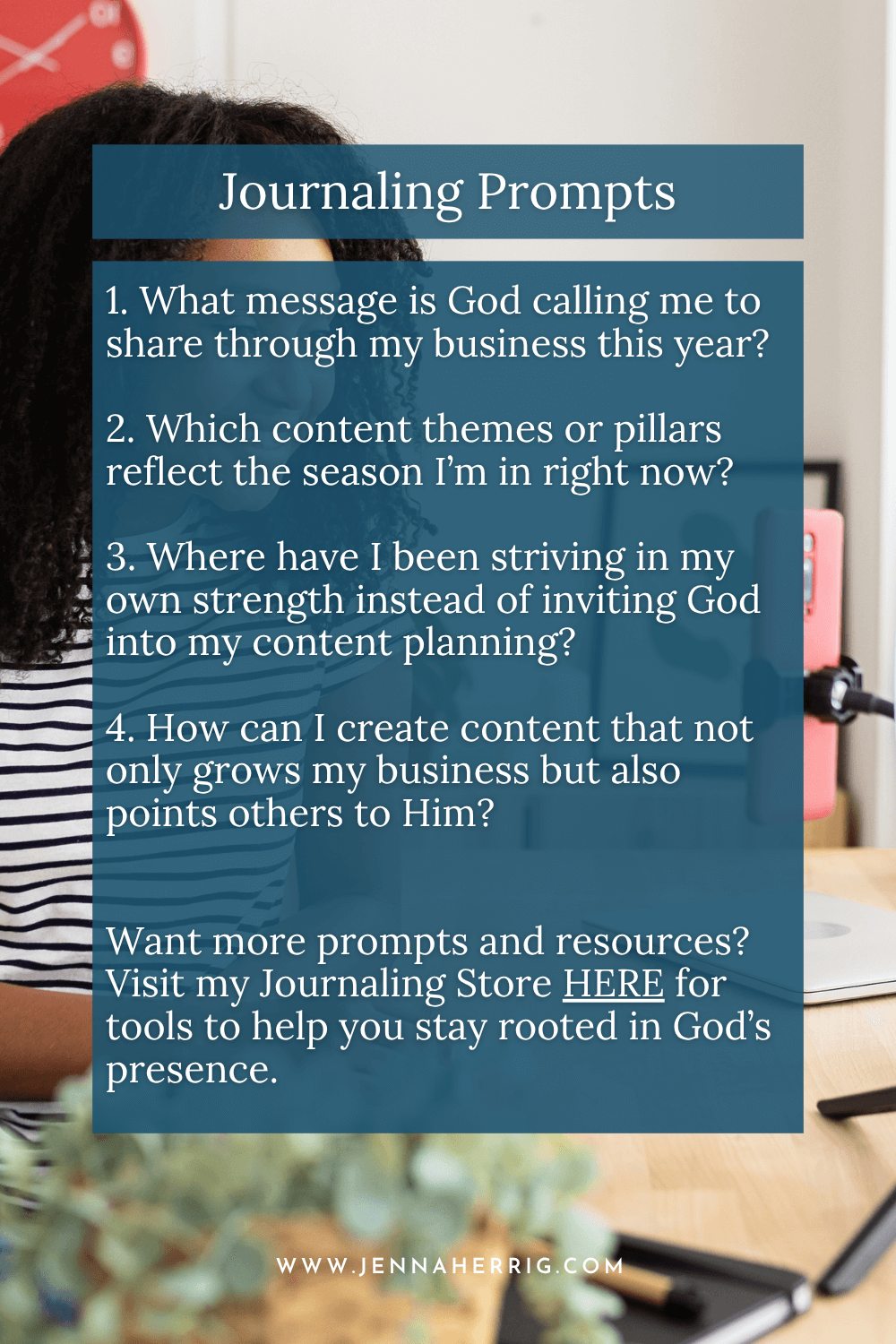
Step 6: Build In Rest and Reflection
This one’s often overlooked but absolutely essential. There’s no peace in productivity that’s disconnected from God’s presence. Make sure to build intentional time in your year for reflection and rest. Take one week every quarter to evaluate what’s working, what feels heavy, and what God might be redirecting you toward. Let your content be flexible enough for the Holy Spirit to guide you.
Final Thoughts: Build a Content Strategy That Lasts
Final Thoughts: Build a Content Strategy That Lasts
When you plan your content with intention and faith, you’re not just creating posts — you’re building a foundation that lasts.
You don’t need to chase algorithms or burn out trying to keep up. You can create content that continues to serve others, point them to Jesus, and work for your business long after it’s published.
If you’re ready to simplify your content strategy and finally build a system that feels sustainable and Spirit-led, grab my Evergreen Blogging Toolkit. Inside, you’ll find templates, strategy maps, and planning guides to help you create content that works for you long after you hit publish. Because building an evergreen strategy doesn’t just save time, it helps you stay aligned with God’s pace for your business.
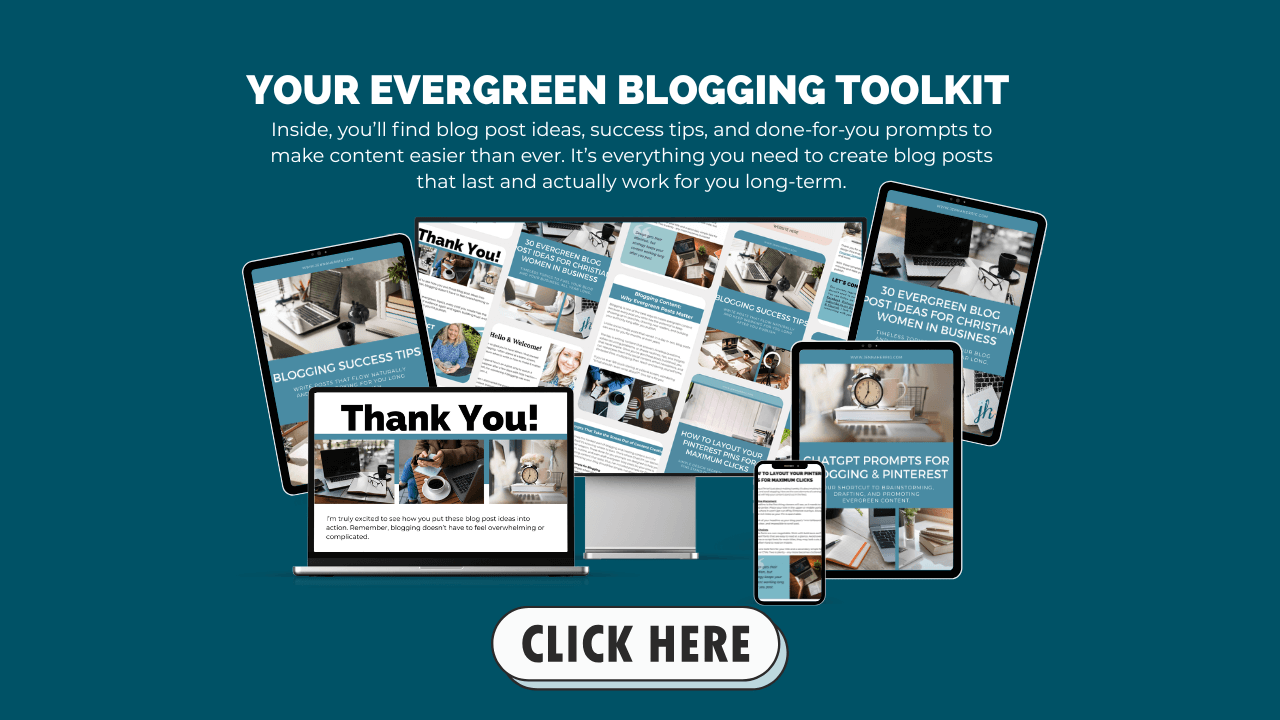
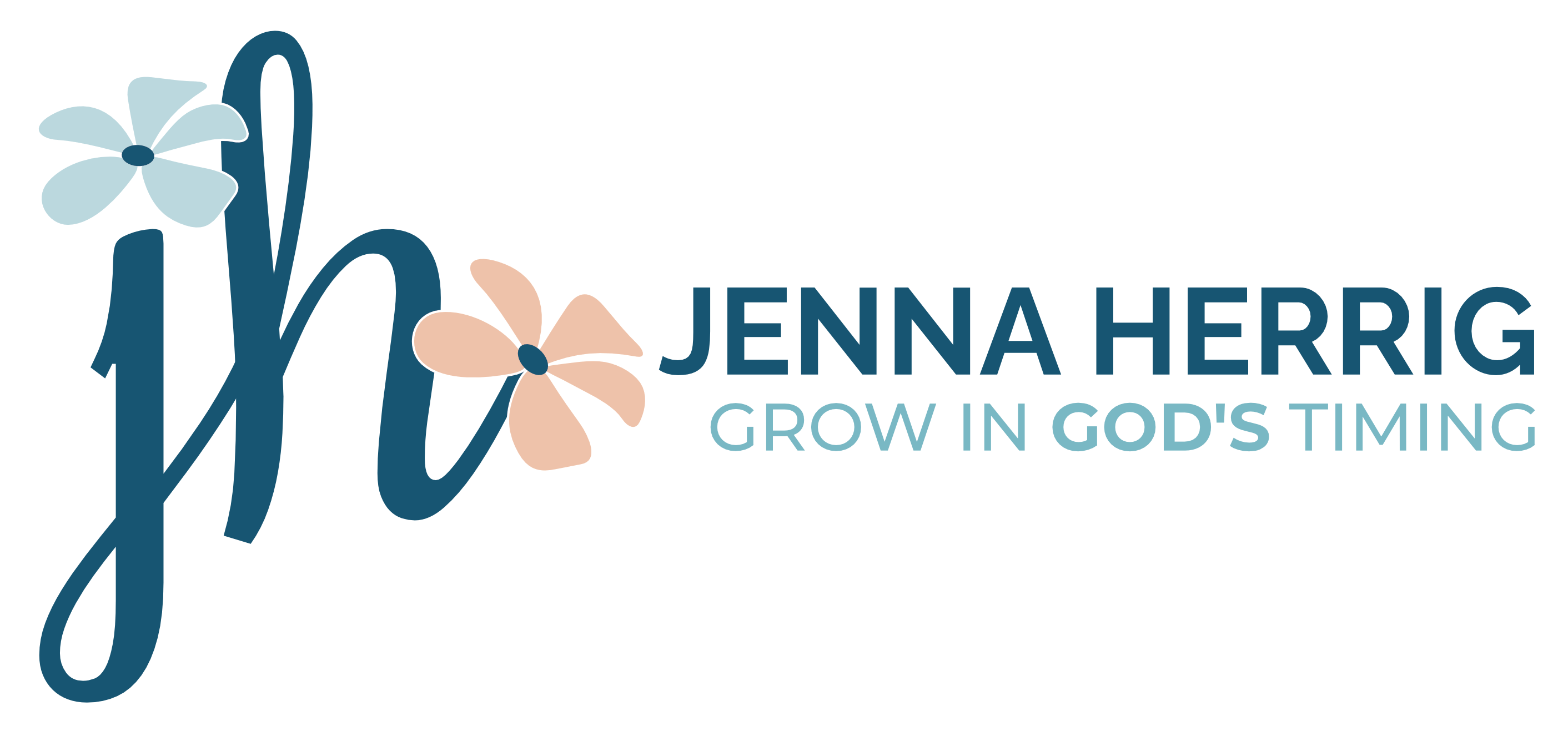



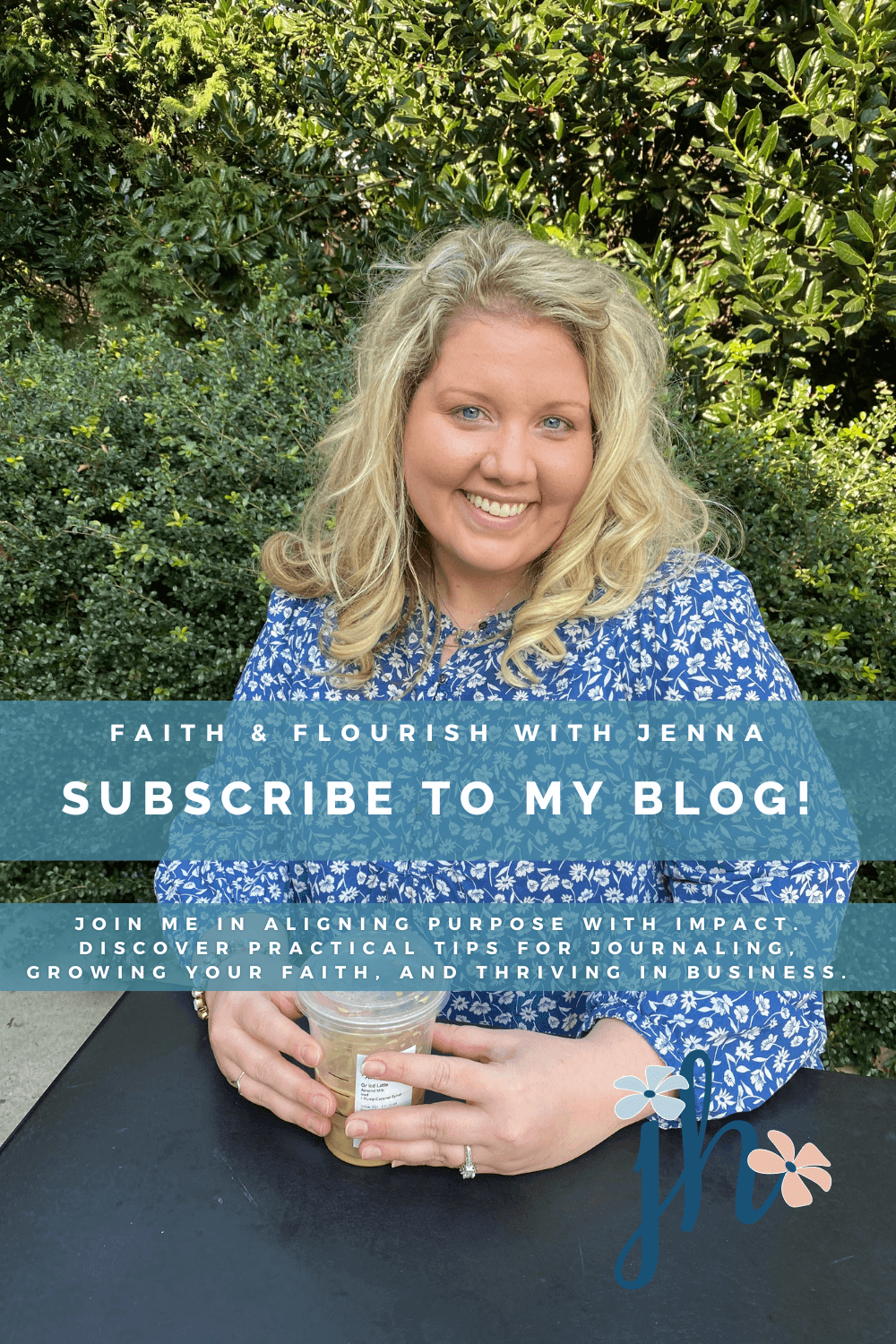
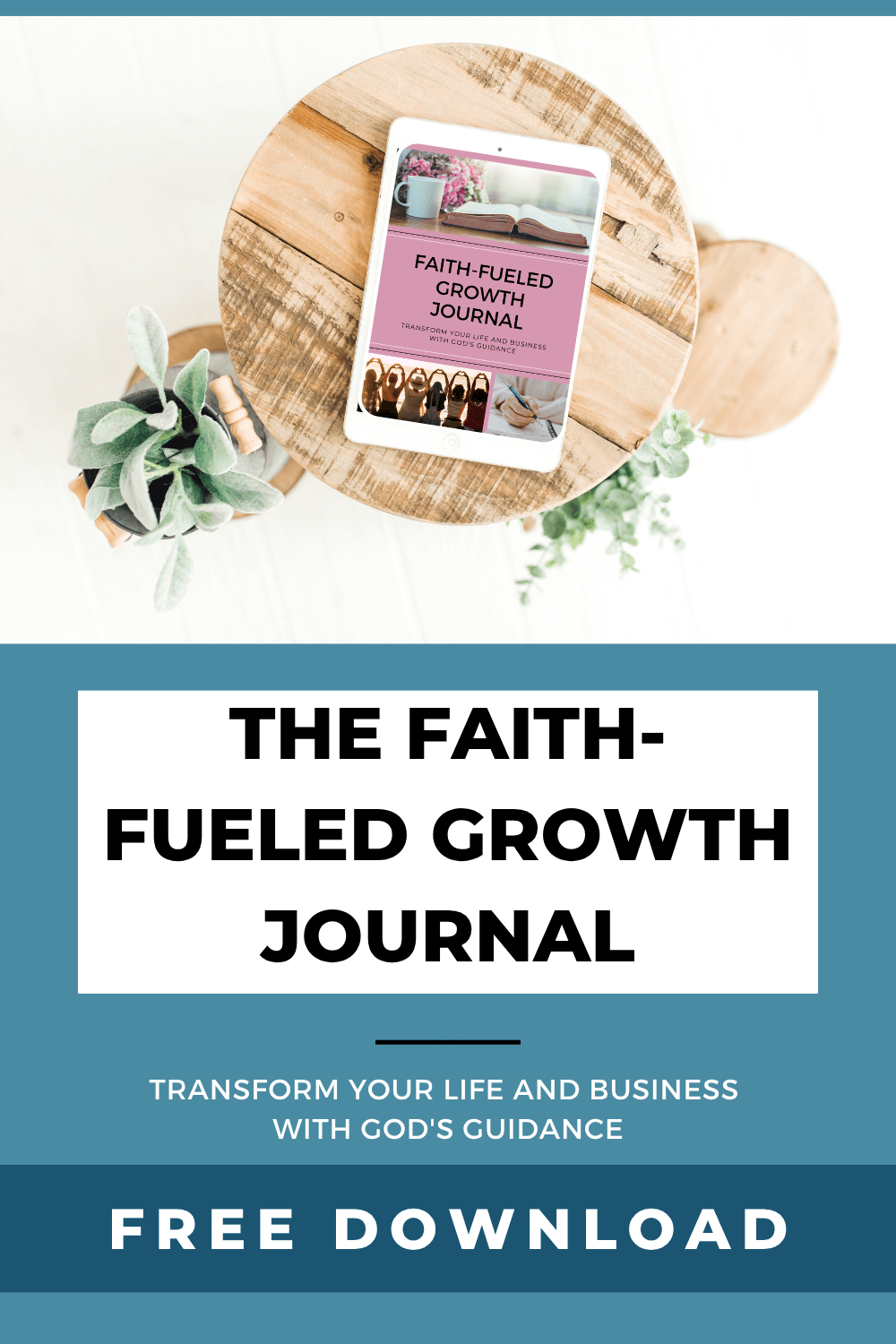








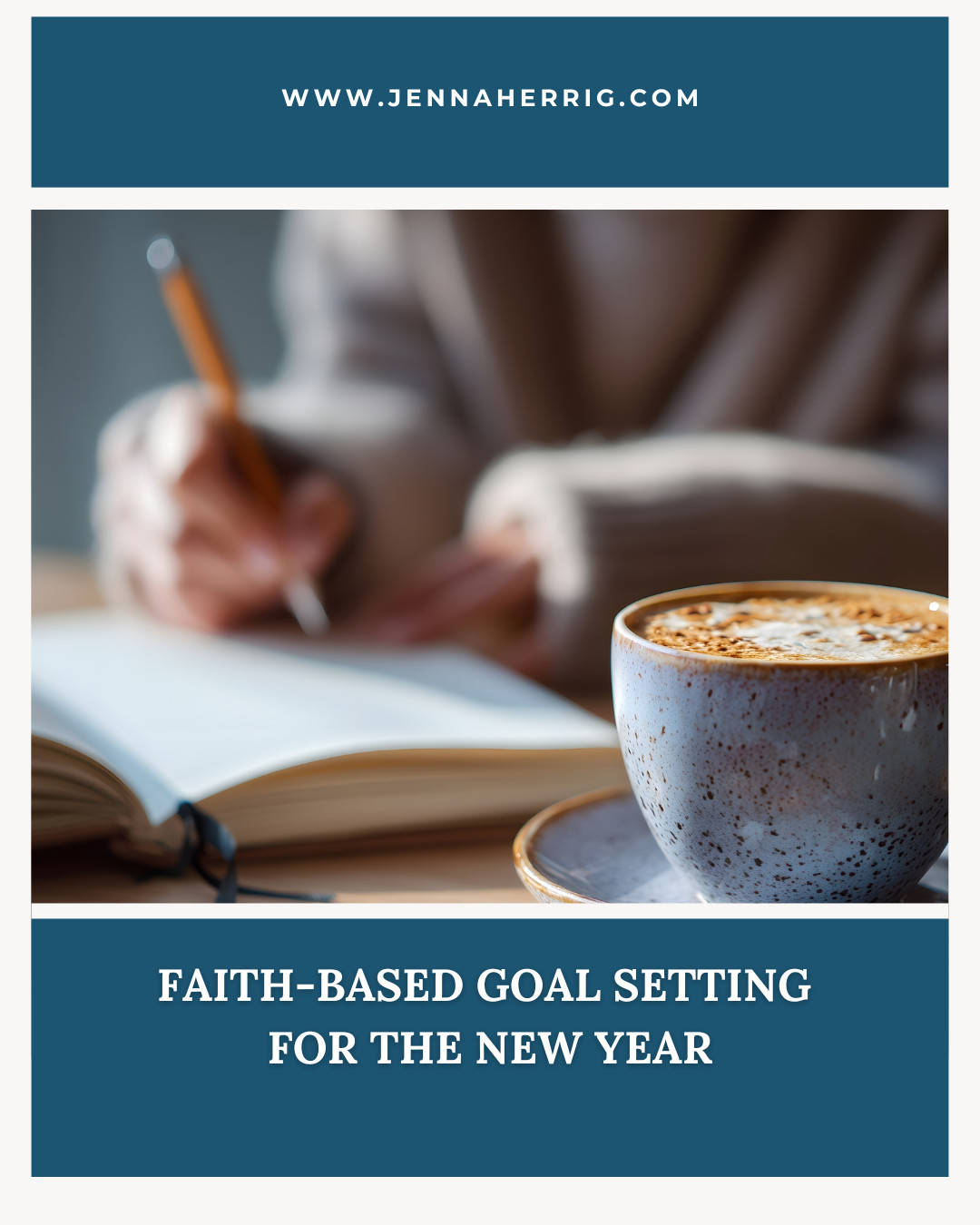


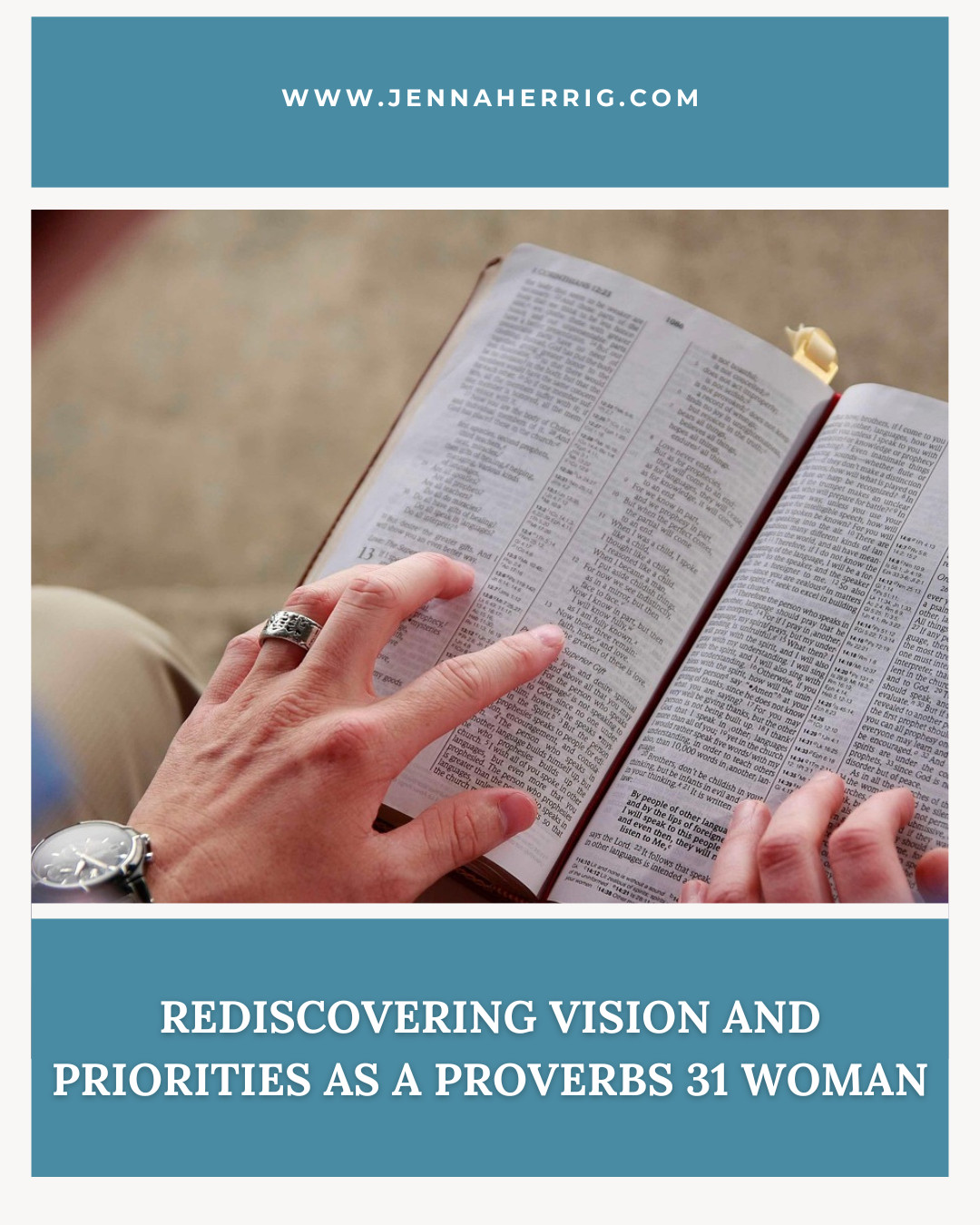

0 Comments